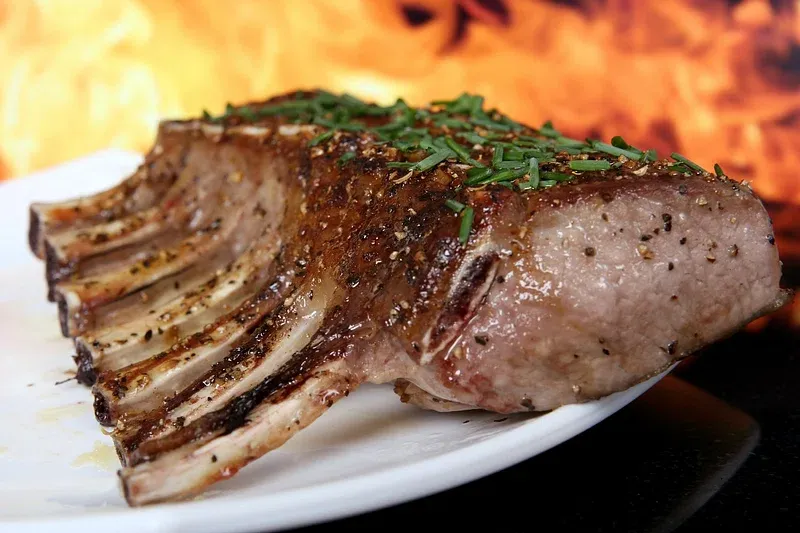
Unveiling the Intrigue of Arak, The Potent Yet Pleasing Middle Eastern Spirit
- Jul 28, 2024
Born from the inventive mind of Arab scholar Jabir Ibn Hayyen in the 8th century, the potent Middle Eastern drink, arak, has a history as rich and intriguing as its flavors. Legend believes Jabir invented the first alembic pot-a copper apparatus composed of two containers and a joining tube, igniting the dawn of distillation by experimenting with grapes and aniseeds, yielding the early drops of arak.
That might not all be factual according to Fred Abi Khalil, co-owner of Arak Farid. He acknowledges that other regions claim the inception of alcohol distillation and emphasizes the spirit doesn't have to be the oldest to be the finest.
Arak gradually found its way from the Middle East to Europe, inspiring similar anise-flavored spirits such as Turkish raki and French pastis. "Alembic pots made by artisans started being sold for home distillation. Even today, families, especially in remote areas, make their own arak during the cooler months," informs Abi Khalil.
The co-owner of Arak Farid, Jess Kandalaft, divulges that communal consumption enhances arak's allure. Her goal is cultivating the spirit's cultural history, an essential piece of the regional Levant identity.
Arak's original creation involved using surplus wine from the winter, which was distilled before summer. The drink's popularity encouraged artisans to produce specialty wine for arak production.
"We use local white grape variants for wine production," Kandalaft says. Grown, crushed, fermented, and pressed in Lebanon's Bekaa Valley, a three-time distillation process simplifies the alcohol. "It's distilled in an alembic pot directly over fire. The liquor is concentrated, purified, and finally, Syrian aniseed is added to it."
The owner of Massaya Lebanon winery, Ramzi Ghosn, talks about the official national drink of Lebanon, which must be triple distilled according to their law - the arak. "Arak, meaning sweating in Arabic, is made bit by bit over a low flame."
The resulting spirit is a potent, clear liquid. In most cases, the spirit is mixed with water and ice causing it to morph into a whitish blend, hence the nickname "lion's milk."
Designed to freshen the palate, arak offers a soft, smooth experience. Ghosn comments that the licorice flavor in premium arak is surprisingly delicate. Drinks should ideally balance the grape and aniseed. "The flavors are full-bodied and satisfying, the chill from the ice adding a fresh element," he notes.
Despite the aniseed taste dividing opinions, Kandalaft affirms that, "It is in fact, quite mild. Our aim is to integrate the flavors of grape and aniseed equally."
Typically enjoyed as a blend of one part arak to two parts water, topped with ice, arak dovetails flavors like mint, garlic, lemon, parsley, and raw tomatoes, making it a perfect accompaniment to classic mezze dishes.
Experimentation has led to arak being paired with watermelon and grapefruit juices in cocktails, even though purists of the spirit believe it masks the delicate licorice taste. If you're intrigued and want to add to your liquor collection, take the advice from the experts on the best arak selections.






